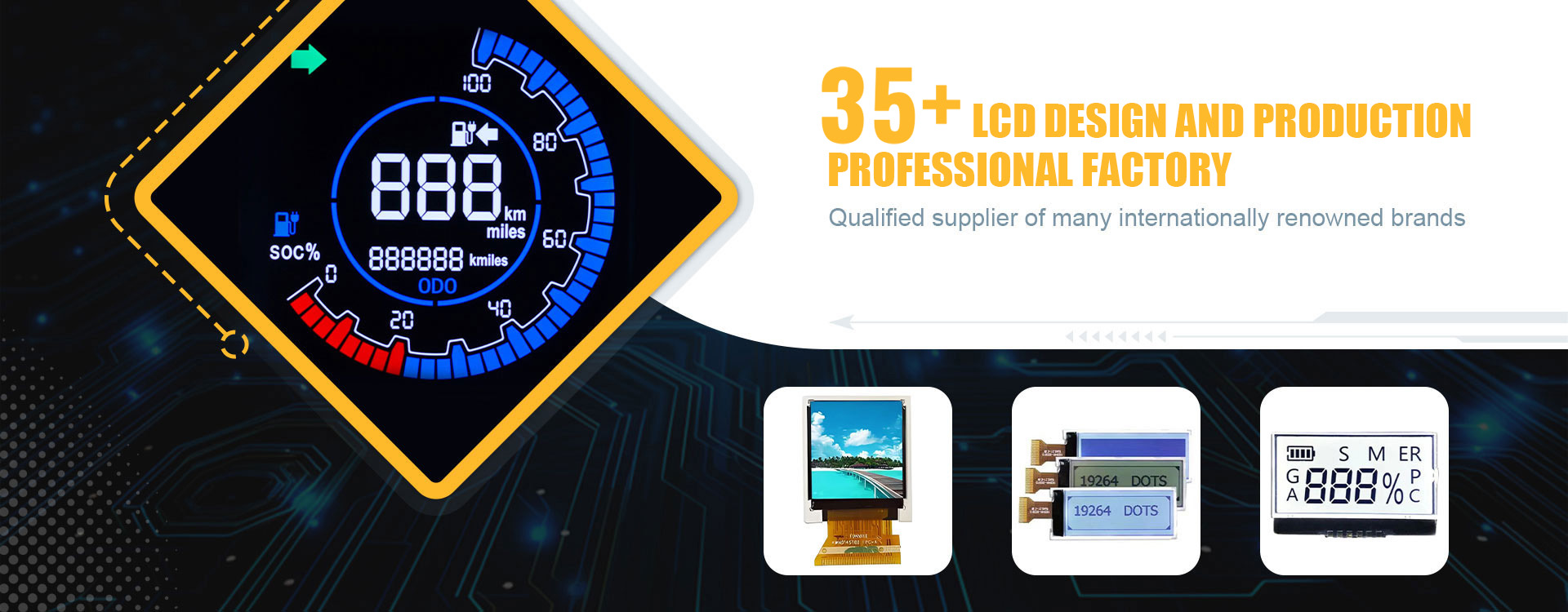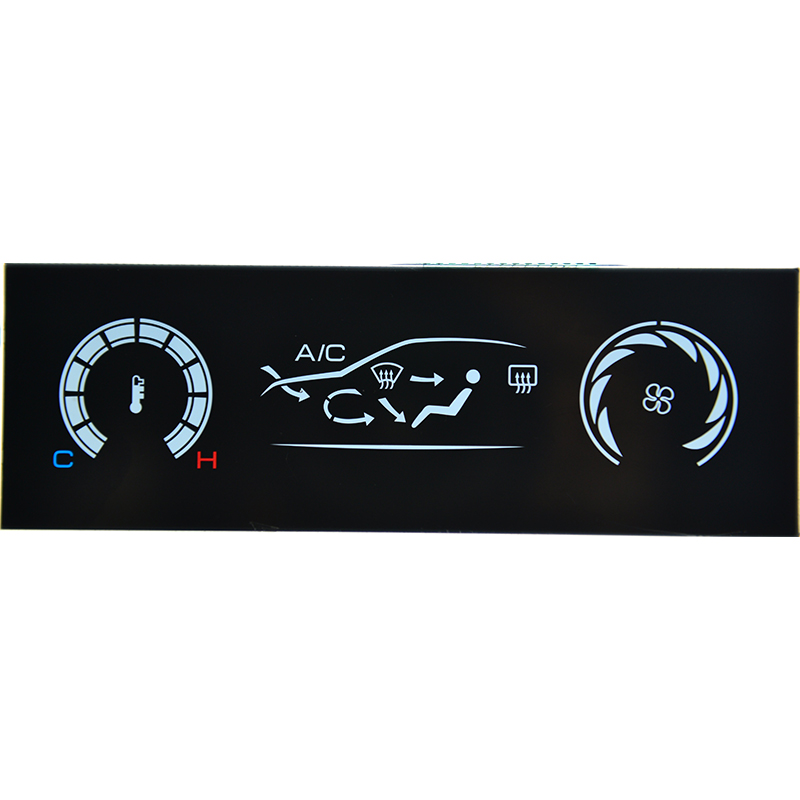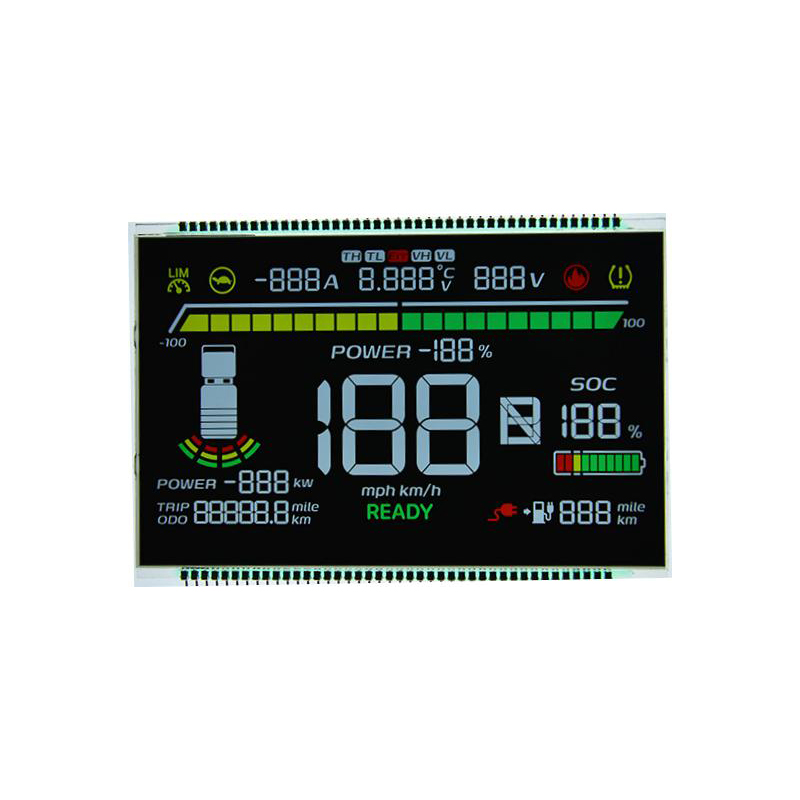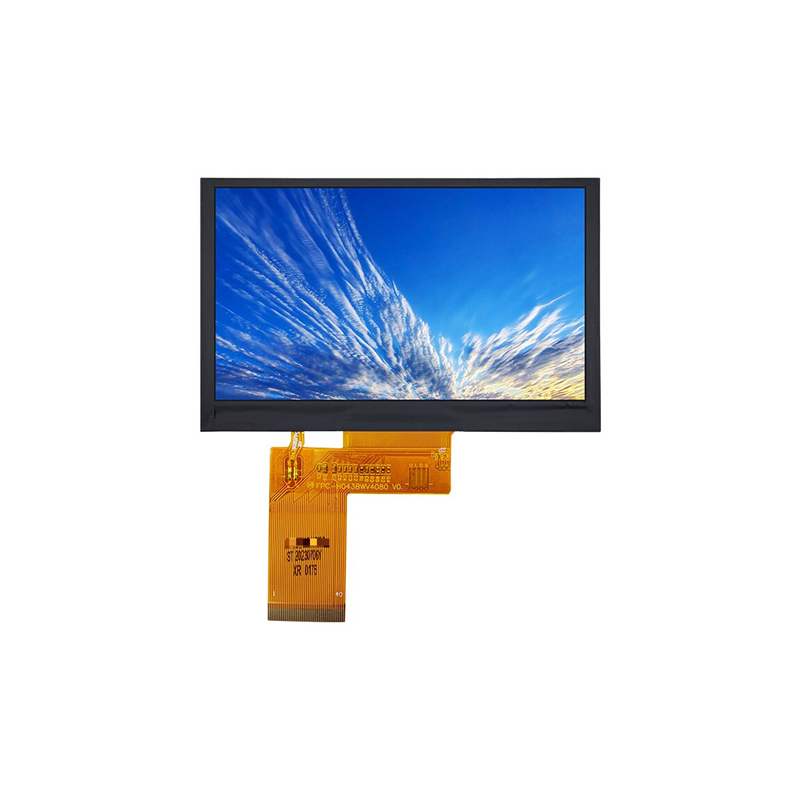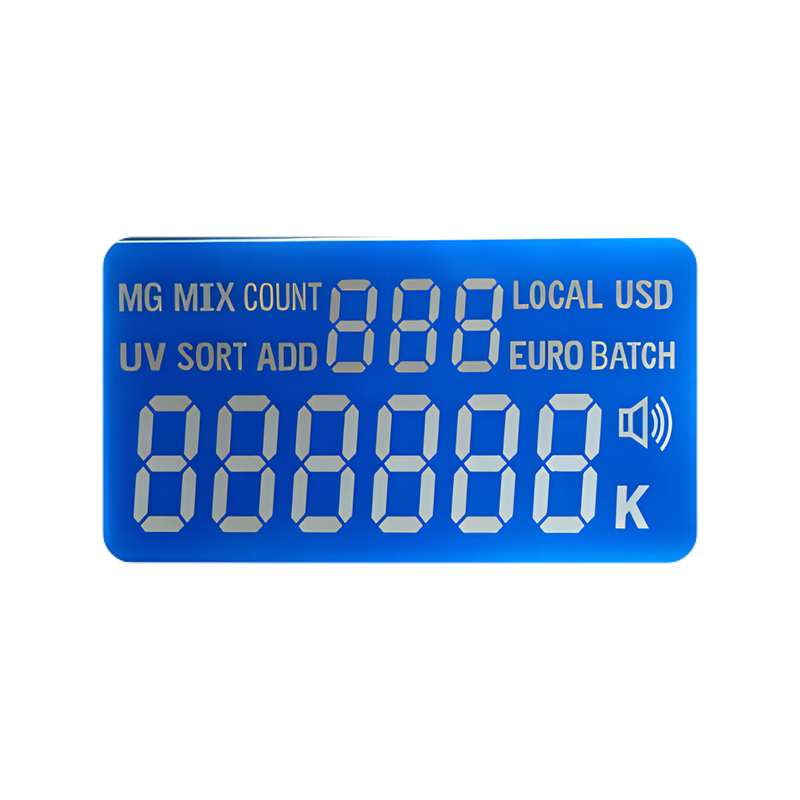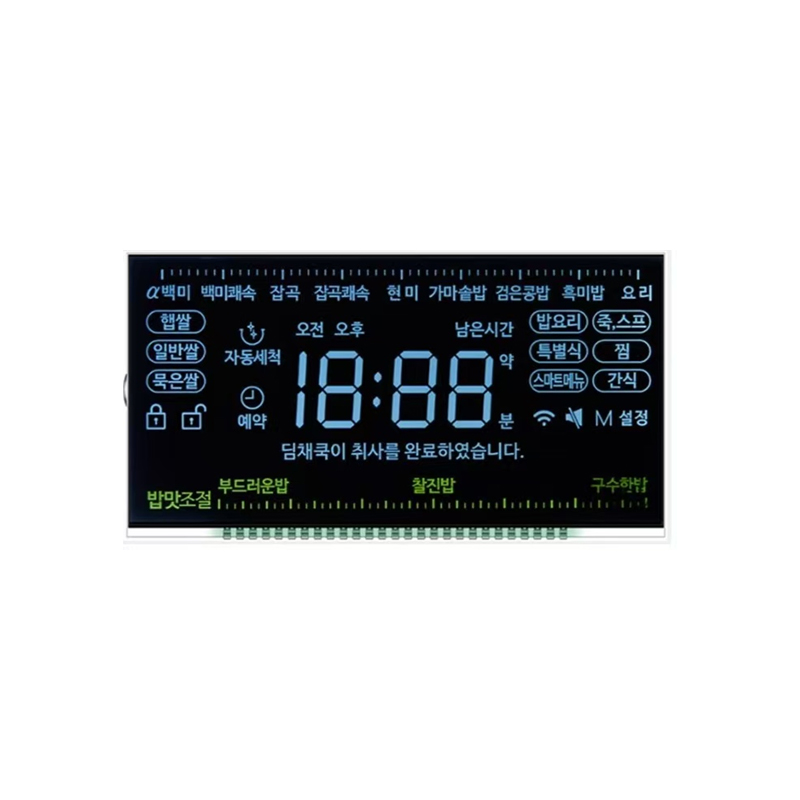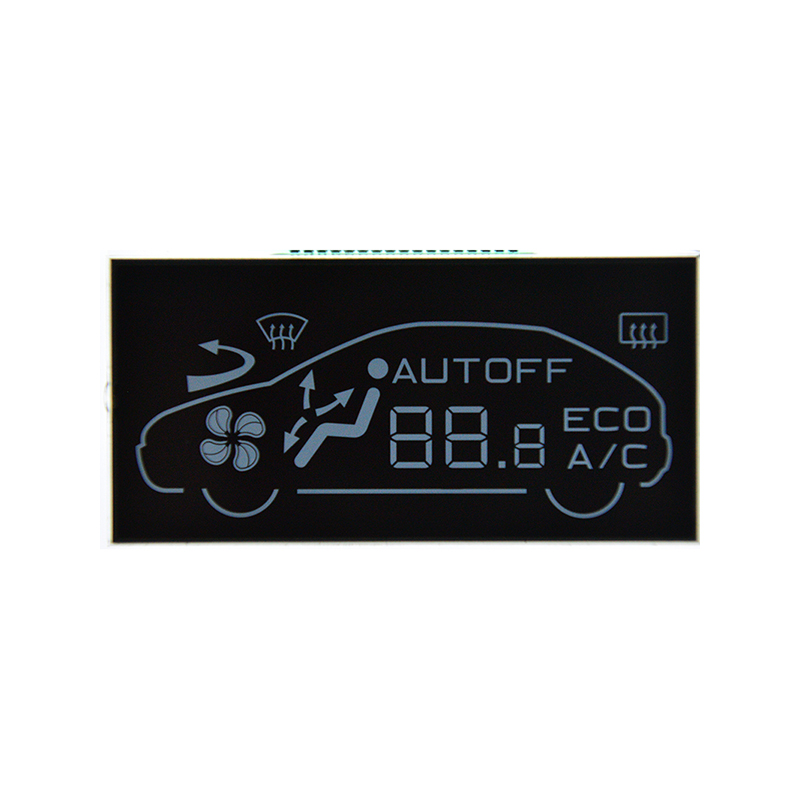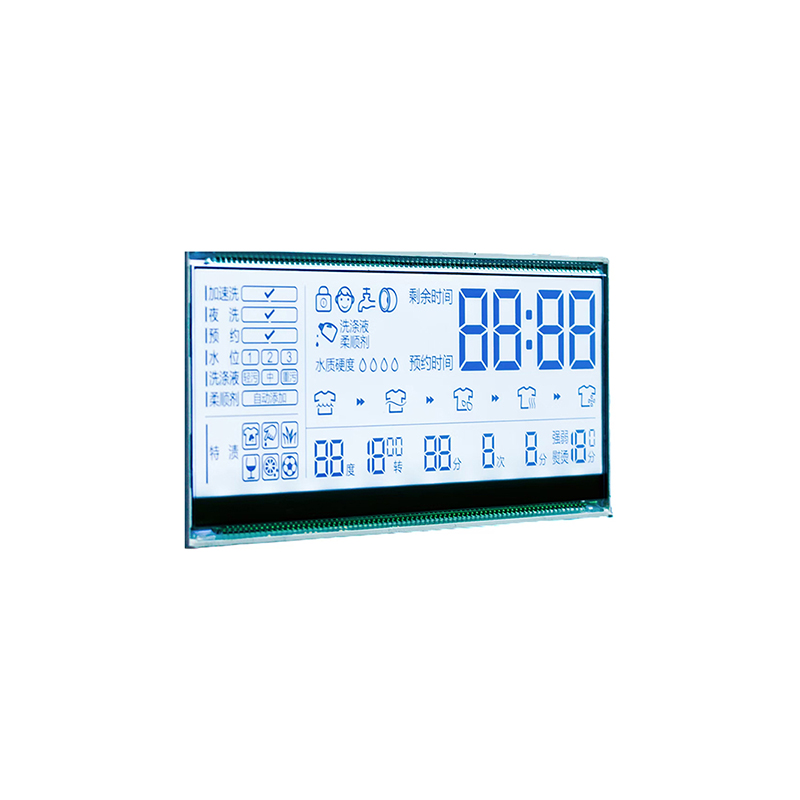
This article provides a comprehensive guide to multi-segment displays, exploring their types, applications, advantages, and disadvantages. We'll delve into the technical aspects, consider real-world examples, and help you determine if a multi-segment display is the right solution for your project. Learn about selecting the appropriate display technology and integrating it into your design, ultimately improving user experience and efficiency.
Multi-segment displays are electronic displays that use multiple segments to form characters and simple graphics. Unlike seven-segment displays, which are limited in their character representation, multi-segment displays offer greater flexibility and visual complexity. These segments are typically LEDs or LCDs, arranged in various configurations to create a wider range of symbols and numerals. The number of segments determines the display's capability; more segments translate to more sophisticated displays, though this also impacts cost and complexity.
LED (Light-Emitting Diode) multi-segment displays are known for their high brightness, fast response times, and wide viewing angles. They are suitable for applications requiring visibility in bright ambient light conditions. However, they can consume more power than other display technologies. Different LED colors are available to match specific design requirements.
LCD (Liquid Crystal Display) multi-segment displays are energy-efficient and offer a sleek, thin profile. They're commonly used in applications where power consumption is a critical factor. However, LCDs generally have lower brightness and slower response times compared to LEDs. Backlighting is usually required for optimal visibility. Dalian Eastern Display Co., Ltd. (https://www.ed-lcd.com/) offers a wide selection of high-quality LCD displays, including custom solutions.
Multi-segment displays find their place in a variety of applications, including:
Selecting the best multi-segment display depends on several factors:
| Factor | Considerations |
|---|---|
| Number of Segments | Determines the complexity of symbols and graphics displayed. |
| Display Technology (LED vs. LCD) | Consider brightness requirements, power consumption, and response time needs. |
| Size and Dimensions | Match the display size to your application's physical constraints. |
| Viewing Angle | Ensure readability from various viewing positions. |
Like any technology, multi-segment displays offer both advantages and disadvantages:
By carefully considering the factors outlined above, you can select the optimal multi-segment display for your specific application, leading to a successful and efficient project.
